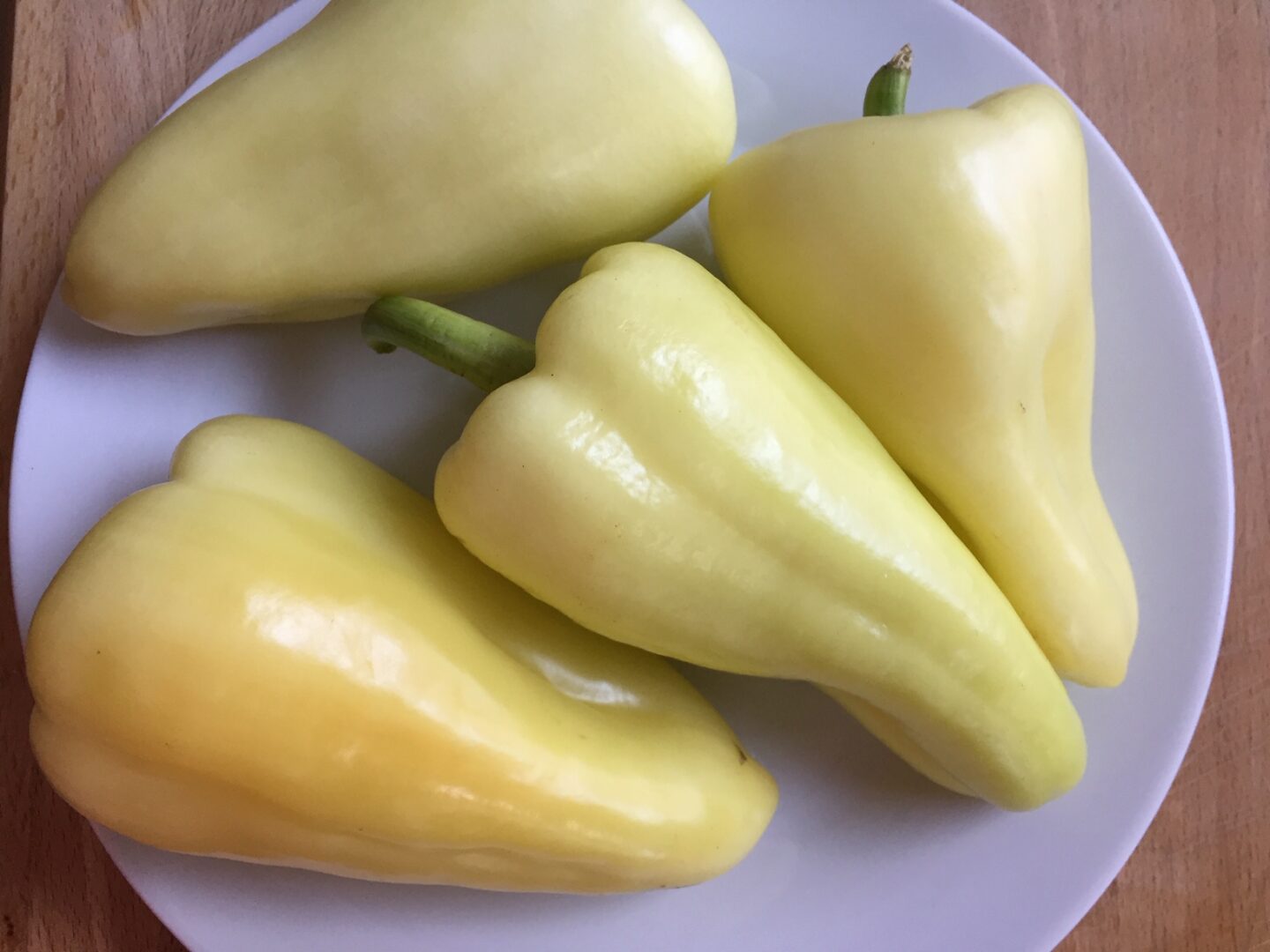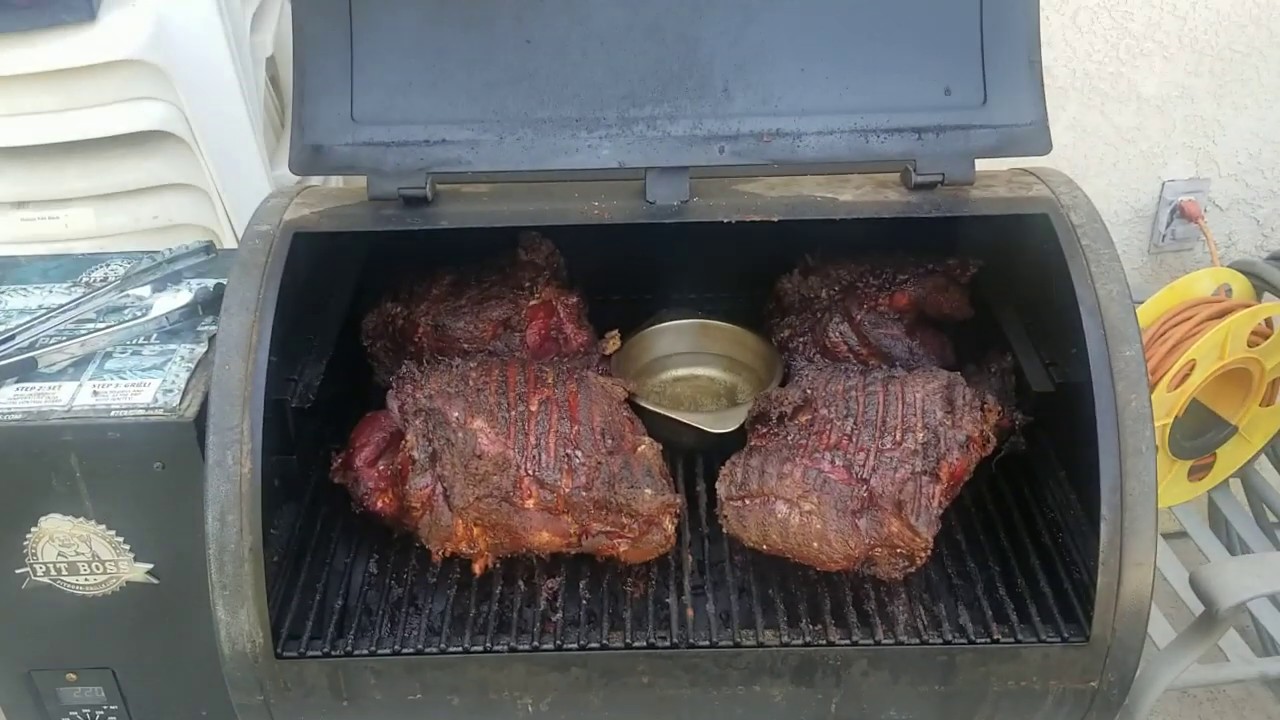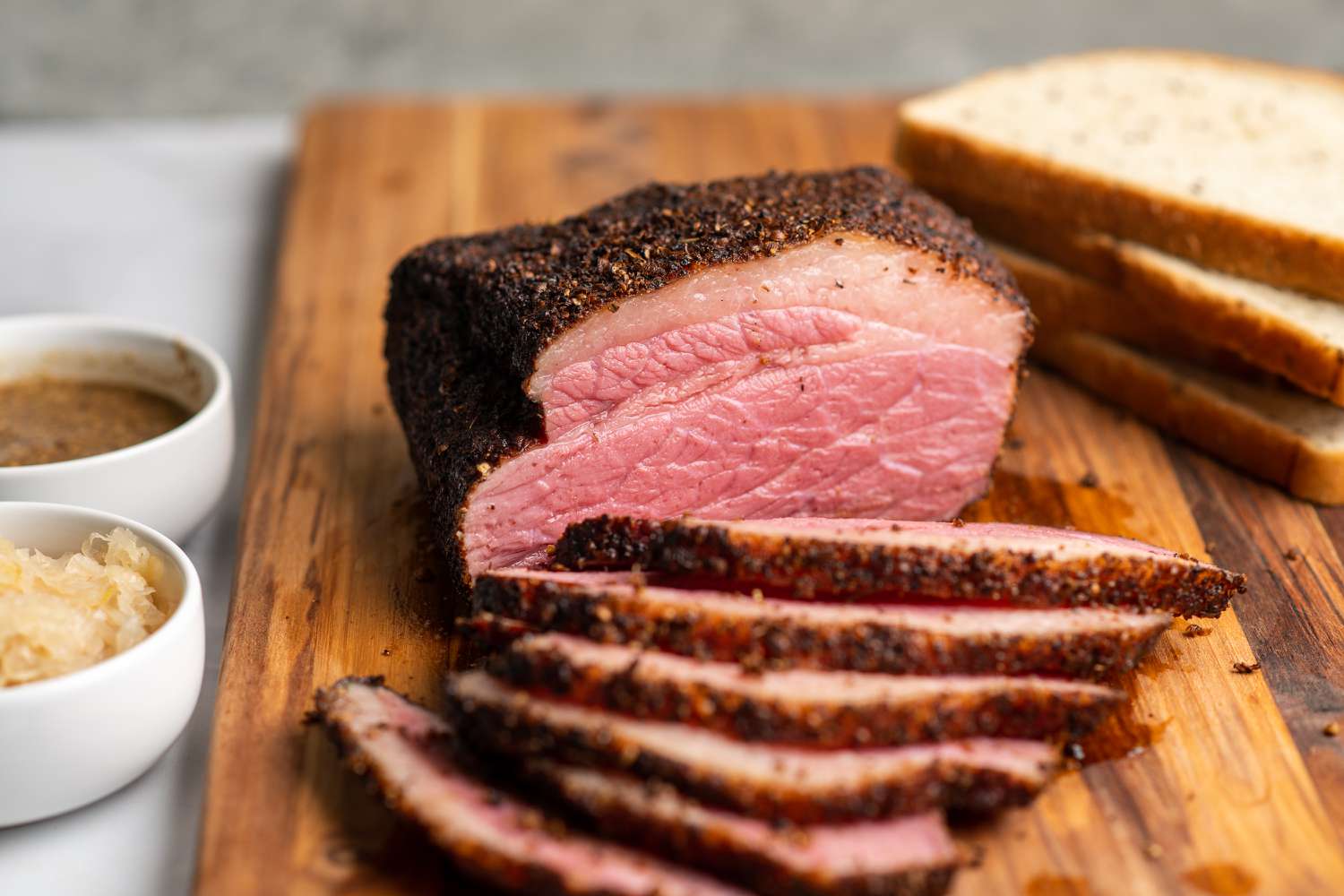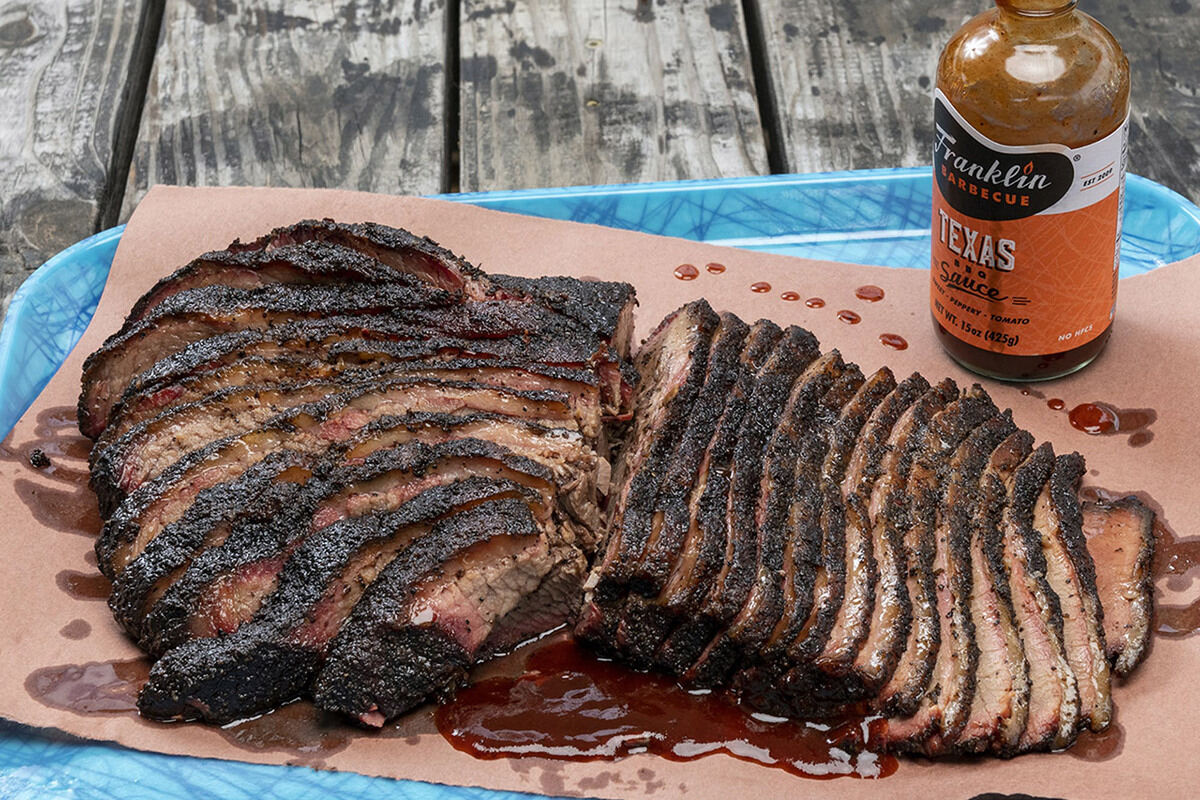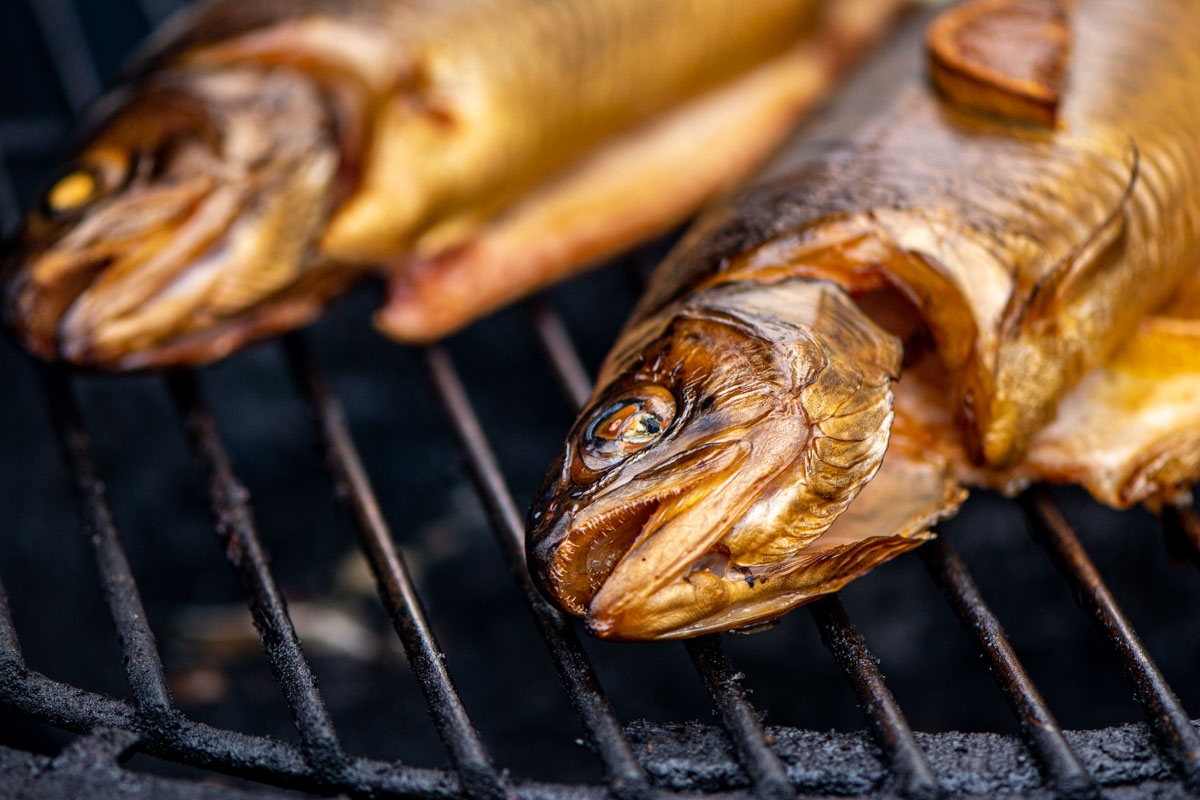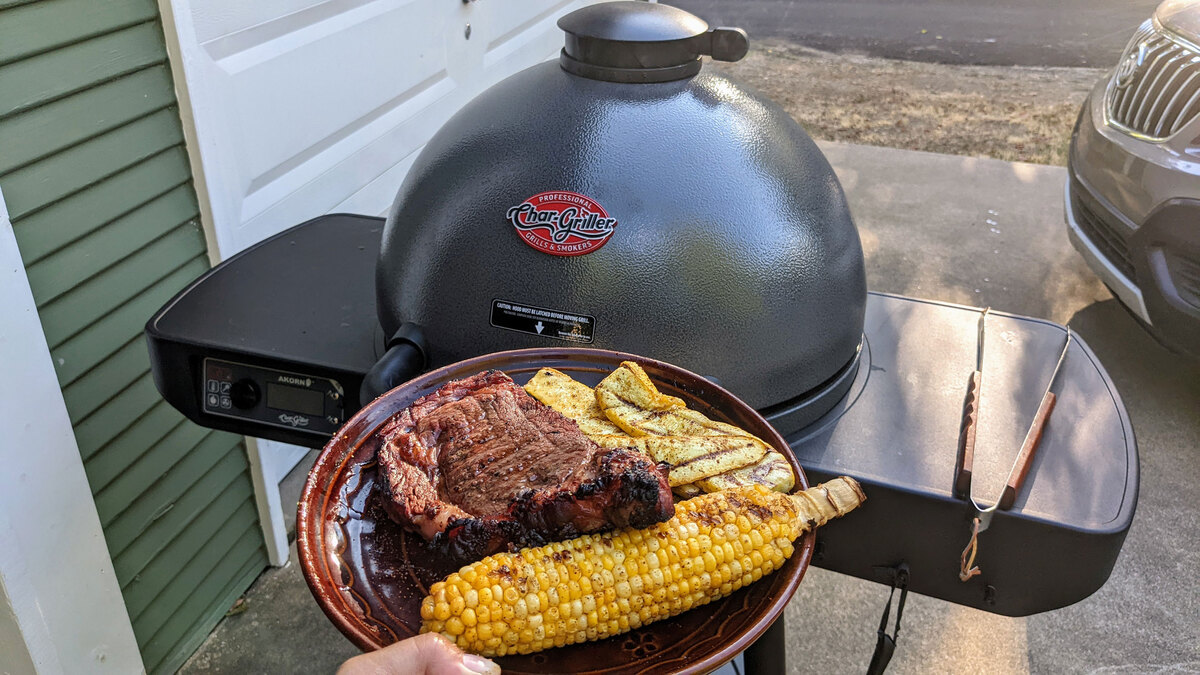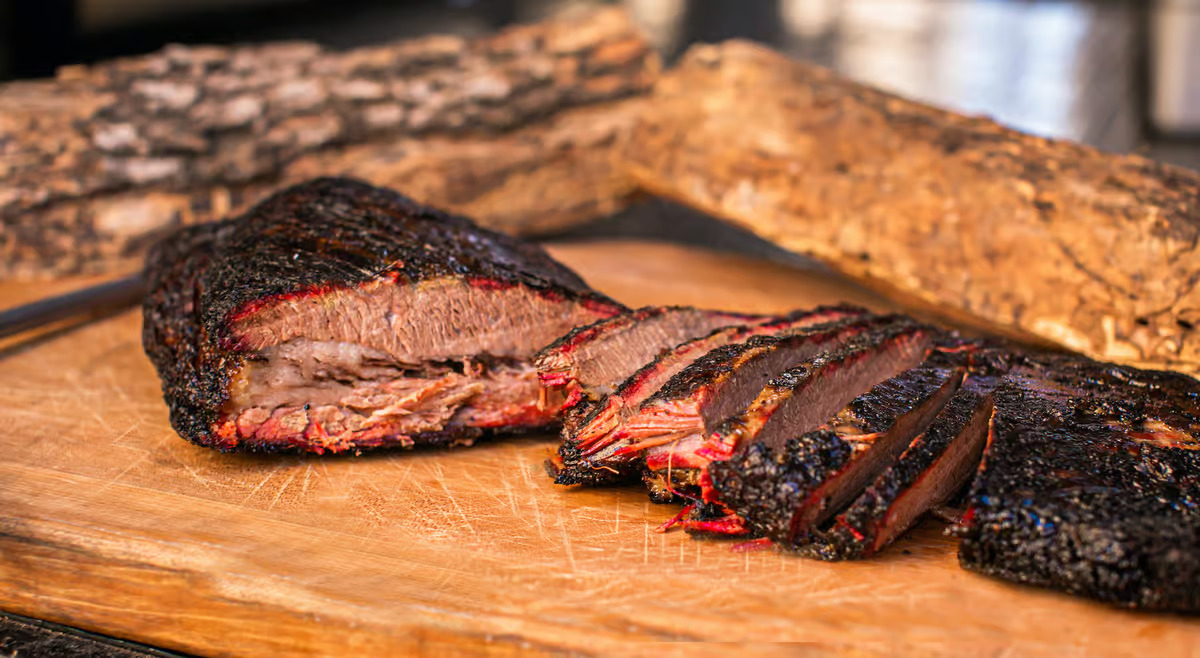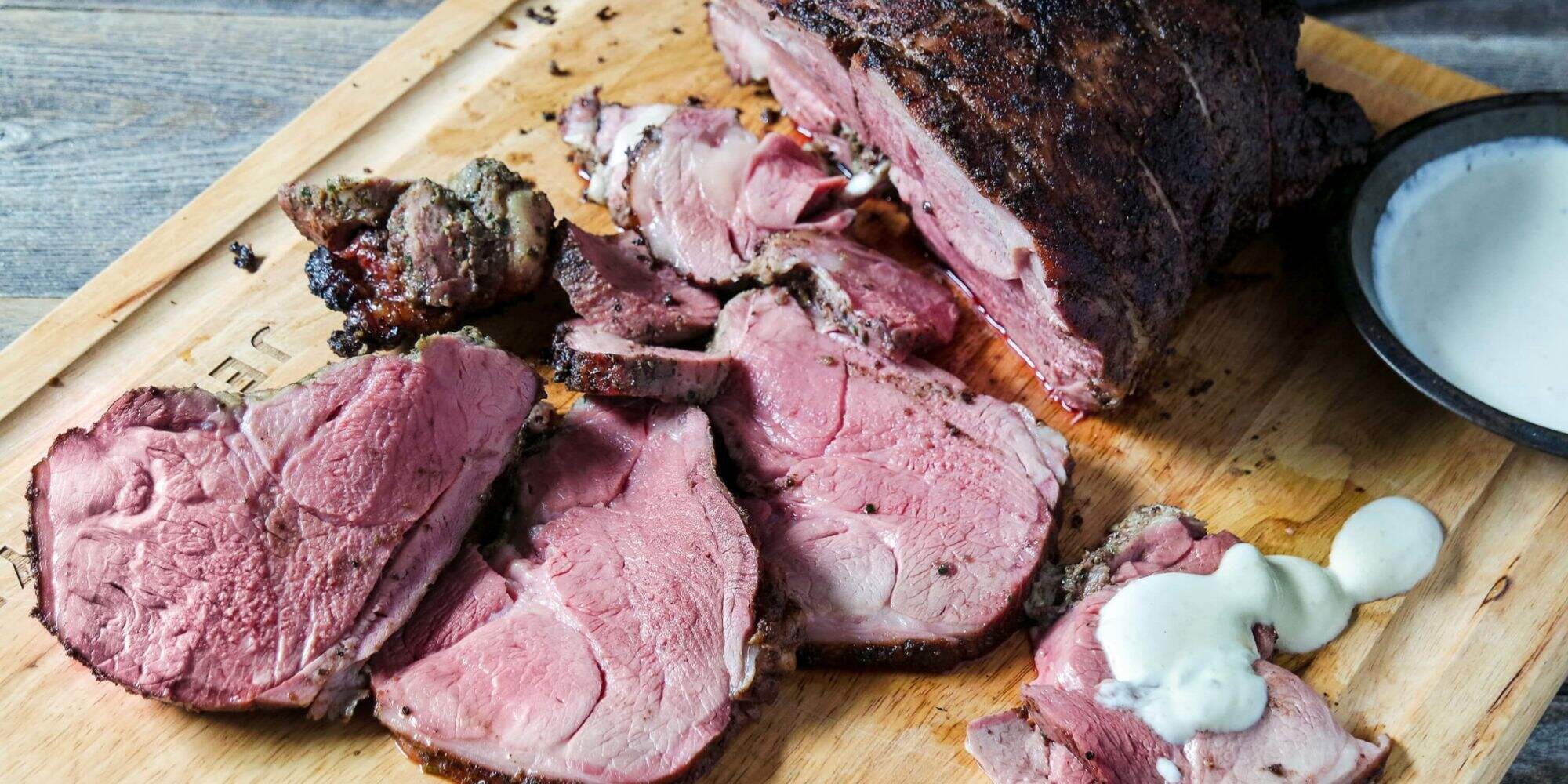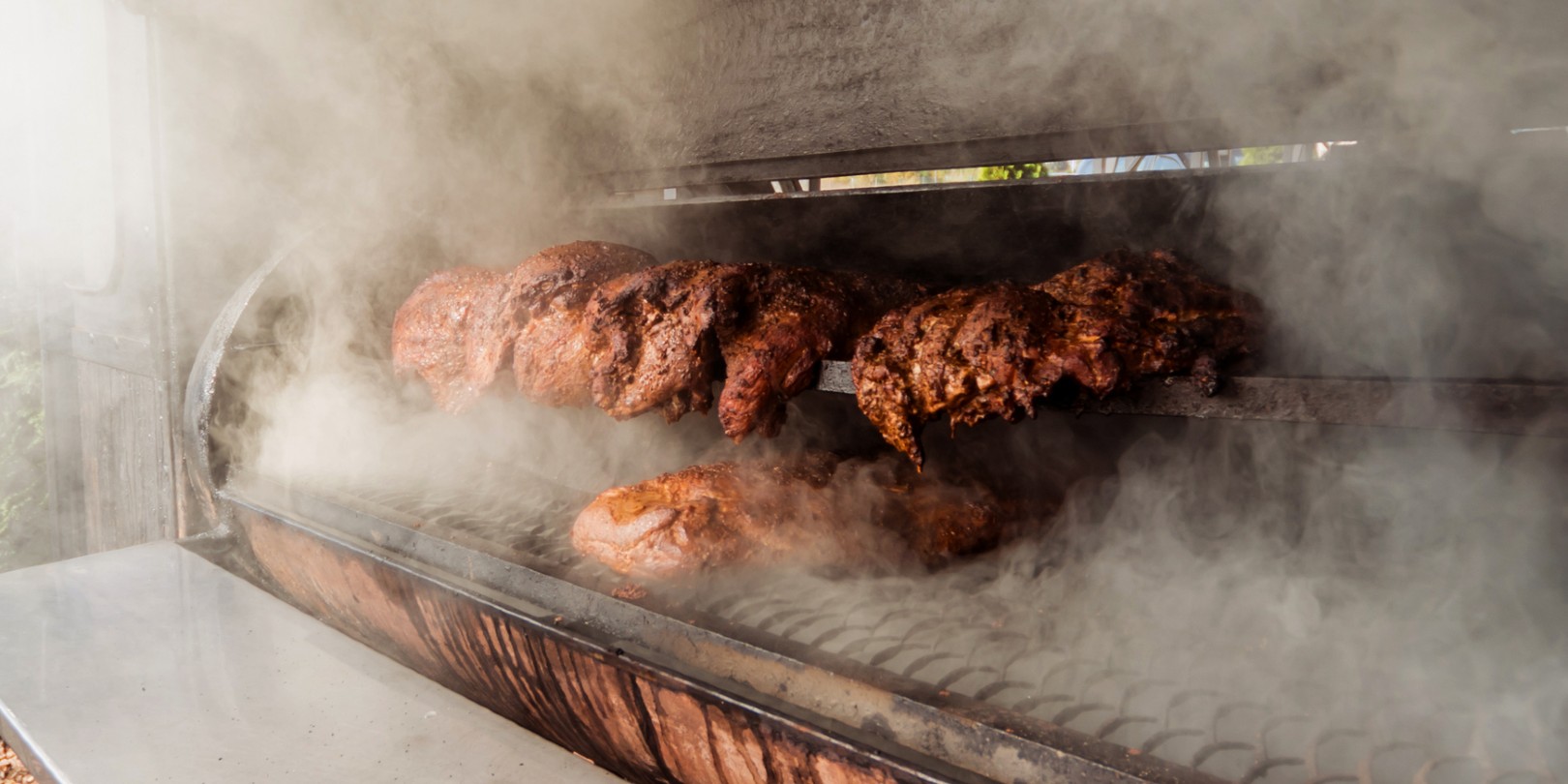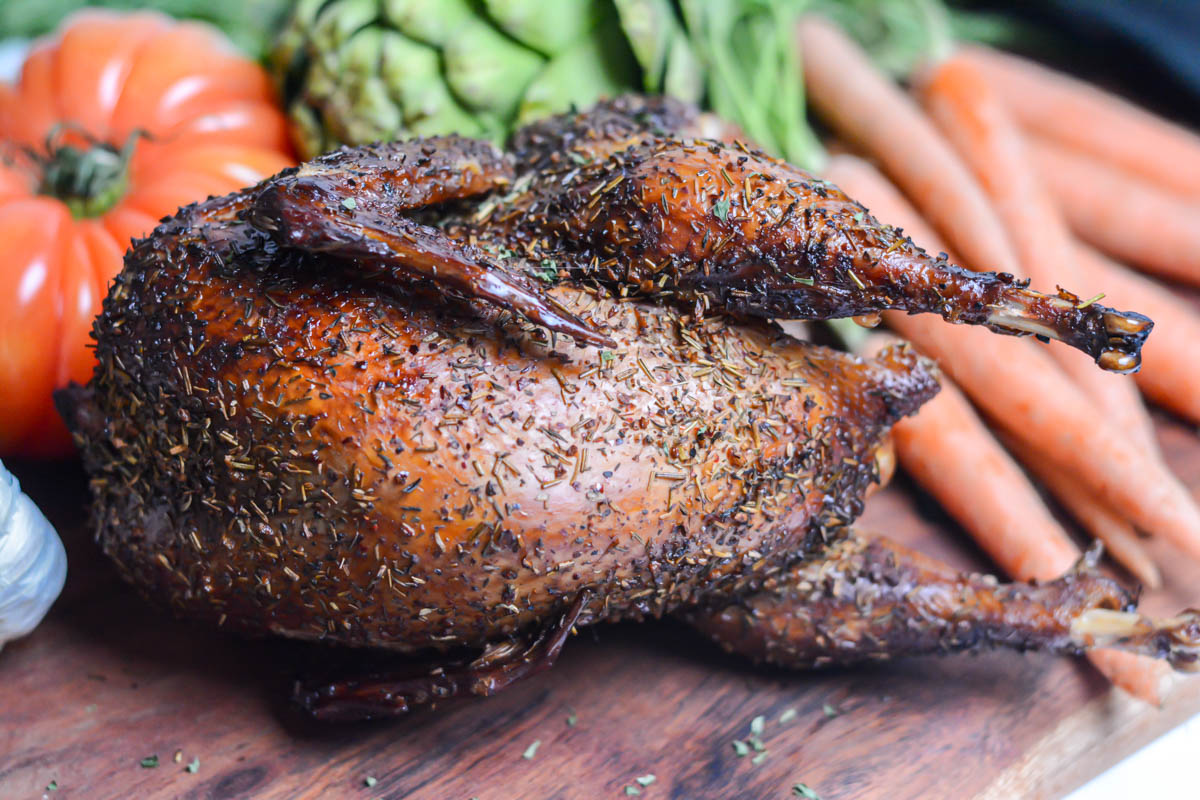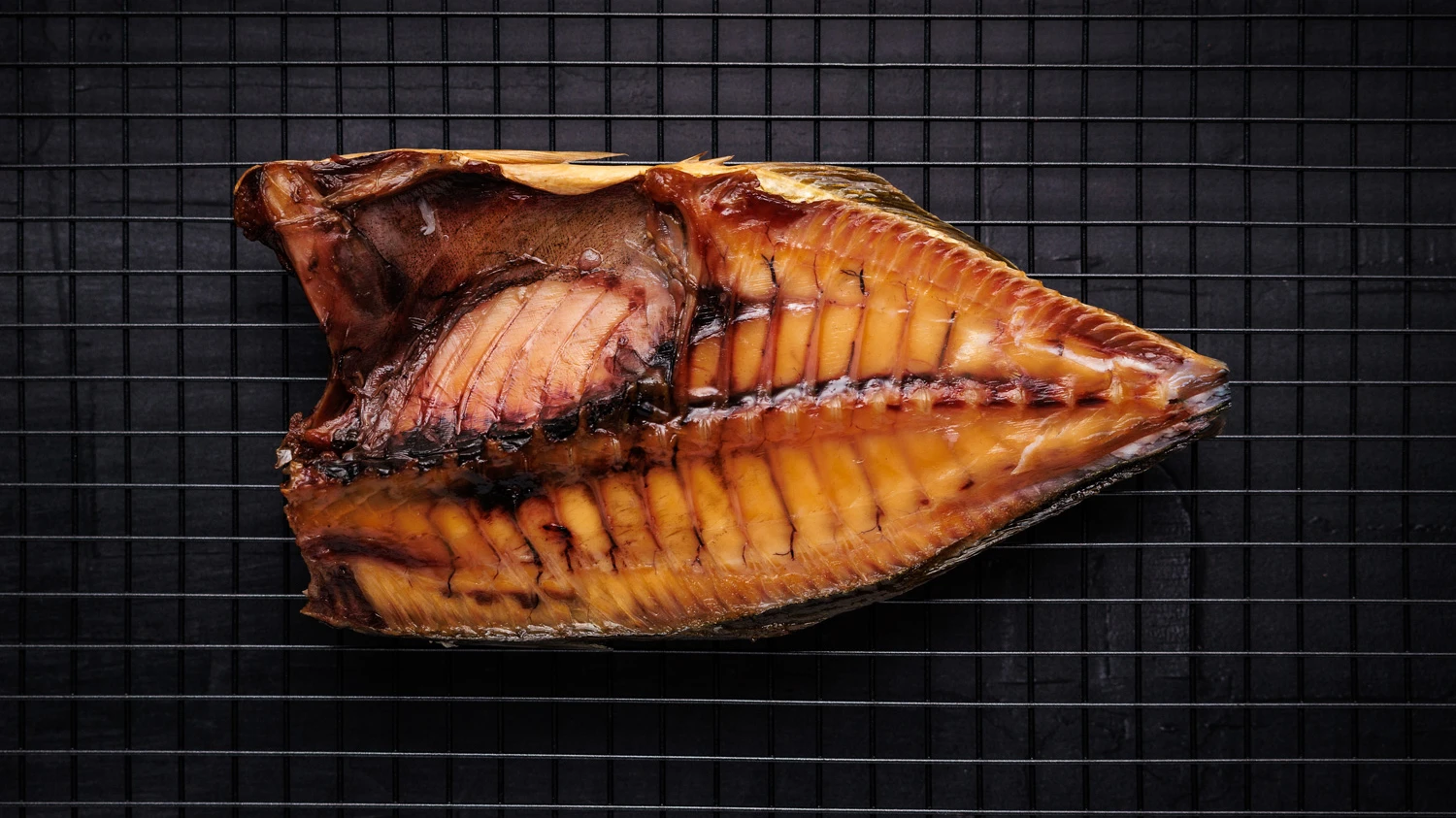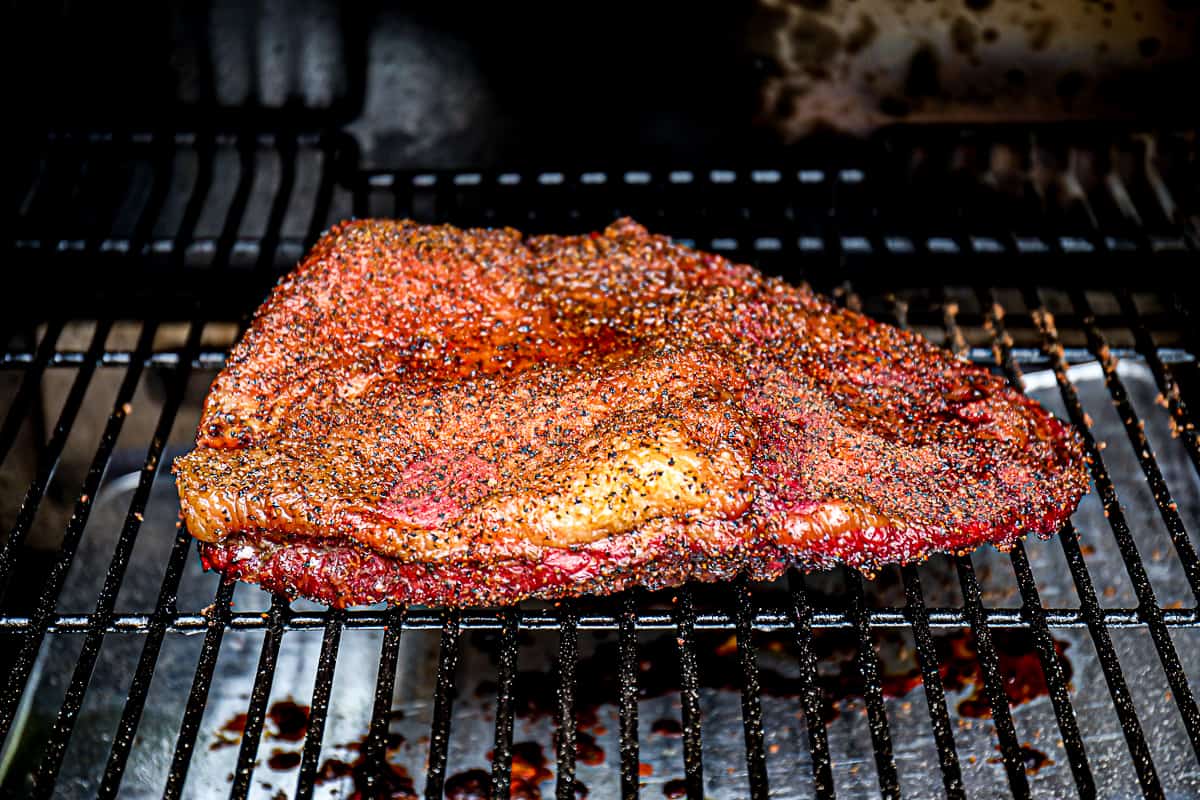Mastering the Art of Smoking Brisket Point
Smoking brisket is a time-honored tradition in the world of barbecue, and mastering the art of smoking the brisket point can take your skills to the next level. The brisket point, also known as the deckle, is a flavorful and marbled cut of meat that can be a real showstopper when smoked to perfection. Here’s how you can elevate your barbecue game by focusing on smoking only the brisket point.
Choosing the Right Brisket Point
When selecting a brisket point, look for one that is well-marbled with fat. The fat content is crucial for keeping the meat moist and flavorful during the smoking process. Additionally, a good brisket point will have a nice, even thickness to ensure even cooking.
Preparing the Brisket Point
Before you start smoking, it’s essential to prepare the brisket point properly. Trim any excess fat to about ¼ inch to ensure that the meat cooks evenly and absorbs the flavors of the smoke. Season the brisket point generously with a dry rub of your choice, making sure to coat all sides evenly.
Setting Up the Smoker
Whether you’re using a traditional offset smoker or a modern pellet smoker, it’s crucial to set up your equipment for success. Preheat the smoker to a temperature of 225-250°F (107-121°C) and add your choice of wood for smoking. Oak, hickory, and mesquite are popular choices for smoking brisket due to their rich and robust flavors.
Smoking the Brisket Point
Once the smoker is preheated and the wood is producing a steady stream of smoke, it’s time to place the brisket point on the cooking grate. Close the lid and let the magic happen. The brisket point will need to smoke for several hours, typically around 6-8 hours, depending on its size and thickness.
During the smoking process, it’s essential to monitor the internal temperature of the brisket point using a meat thermometer. The ideal temperature for the brisket point is around 195-205°F (90-96°C). Once it reaches this temperature, the meat should be tender and easily shred with a fork.
Resting and Serving
After the brisket point has reached the perfect internal temperature, remove it from the smoker and let it rest for at least 30 minutes. This resting period allows the juices to redistribute throughout the meat, ensuring a moist and flavorful end result.
When it’s time to serve, slice the brisket point against the grain to ensure tenderness and serve it with your favorite barbecue sauce or on its own. The rich, smoky flavor of the brisket point is sure to be a hit with your family and friends.
Conclusion
Smoking only the brisket point is a rewarding endeavor that can elevate your barbecue skills to new heights. By selecting the right brisket point, preparing it with care, and mastering the art of smoking, you can create a mouthwatering dish that will impress even the most discerning barbecue enthusiasts. So fire up your smoker, grab a quality brisket point, and get ready to enjoy the delicious results of your smoking prowess.
More Delicious Recipes Featuring Smoked Brisket Point
Once you've mastered smoking the brisket point, a plethora of delicious recipes await your culinary prowess. For those looking to infuse their meals with robust flavors, the Smoked Brisket Point Chili offers a hearty and warming dish perfect for cooler evenings. Alternatively, the Smoked Brisket Point Sandwiches with Coleslaw provide a delightful crunch and balance to the smoky meat, making for an ideal lunch option. If you're aiming for a crowd-pleaser, consider the Smoked Brisket Point Mac and Cheese, a creamy and comforting choice that elevates this classic comfort food. For a weekend brunch, the Smoked Brisket Point Hash with Eggs is highly recommended, blending the savory smoked meat with the simplicity of fried eggs for a satisfying meal. Each recipe leverages the unique flavor of smoked brisket point, ensuring that your efforts in mastering this technique pay off with versatile and enjoyable meals.
